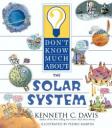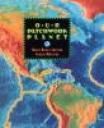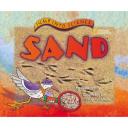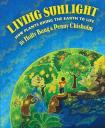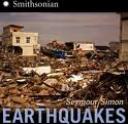Don’t Know Much About the Solar System, written by Kenneth C. Davis and illustrated by Pedro Martin, is an informative children’s book filled with interesting facts and cartoonlike pictures. Motivated middle and upper elementary students might read this book from cover to cover while others might choose to explore only the pages that are most interesting to them. Each two-page spread contains a title and then several related questions. Each question is followed by an answer and explanation. Some of the questions and answers are humorous. The pages are generally lighthearted but factual. Topics covered include galaxies, solar system, gravity, planets, stars, meteors, space exploration, and an introduction to a few of the scientists who have contributed to our space knowledge.
Curriculum Connections
This book can be used to teach about the solar system and the planets in Fourth Grade (SOL 4.7). The pictures show the orbits of the planets in the solar system. Most of the planets are described within a two-page spread complete with illustrations.
Additional Resources
For audio learners, listen to the planet rap song.
Allow students to explore kid friendly websites for additional solar system facts.
Create a solar system simulation in your classroom.
General Information
Book: Don’t Know Much About the Solar System
Author: Kenneth C. Davis
Illustrator: Pedro Martin
Publisher: Scholastic, Inc.
Publication Date: 2001
Pages: 47
Grade Range: 3rd-6th
ISBN: 0-439-43852-7

